From Quilcene drive south on US 101 for 13.5 miles to Mount Jupiter Road (Forest Road 2610-010) 2.5 miles beyond the Dosewallips State Park entrance. From the south, the Mount Jupiter Road is about a mile north of Duckabush Road. Follow Mount Jupiter Road for 3.5 miles and turn left on FR 2610-011. Follow this steep and rough road 3 miles to the trailhead. There has been a winter closure wildlife gate in the past blocking the road 2.5 miles before the trailhead (Oct 1 to May 1). Consider checking with the Quilcene Ranger Station.
WillhiteWeb.com
Mount Jupiter
Mount Jupiter is on the Olympic skyline viewed from Seattle. Mount Jupiter sits a bit east of its neighbors so it gives the appearance of being much taller. A nice long 7 mile ridge running trail goes all the way to the summit. The former lookout site has excellent views across Puget Sound and up and down the Hood Canal area.
Distance: 7.2 miles
Summit Elevation: 5,701 feet
Elevation Gain: 3,600 feet
Access: Dirt and Gravel, subject to issues
Route
Access
Just follow the Jupiter Ridge Trail up, there are no side trails. It has steep elevation gains near the start and end of the trip. Be ready for some ups and downs in between. At 5.5 miles you enter the Brother’s Wilderness. The majority of views are not until the end so plan on making it there. There is no water in route in summer.
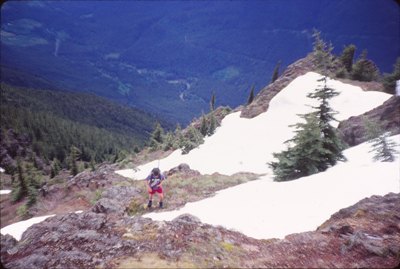
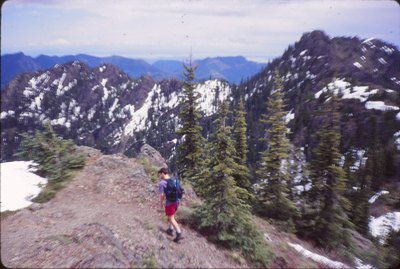
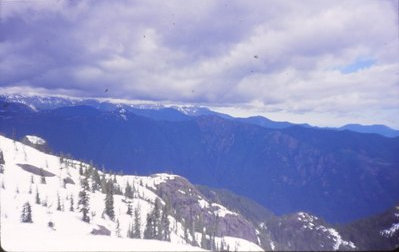
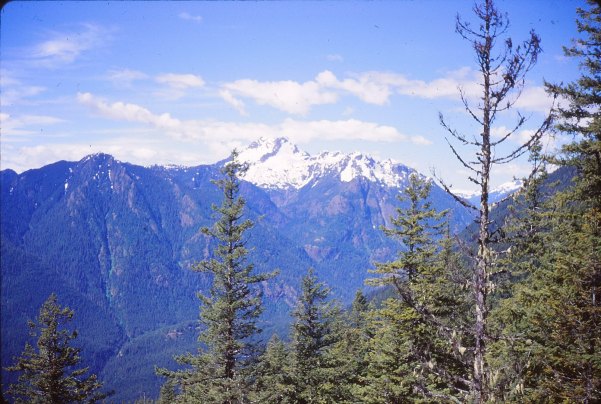
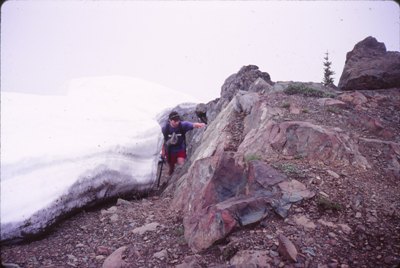
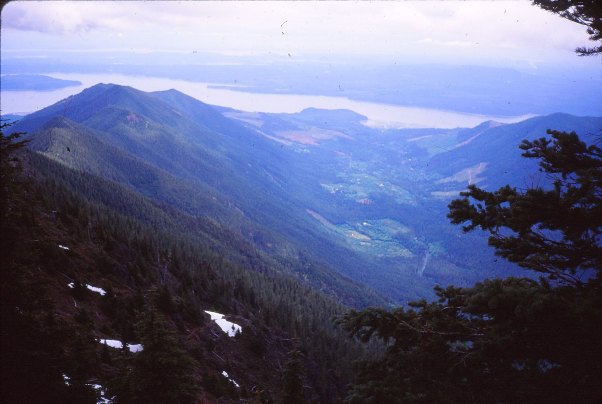
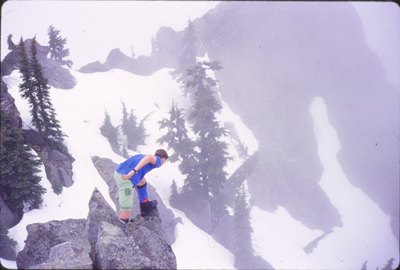
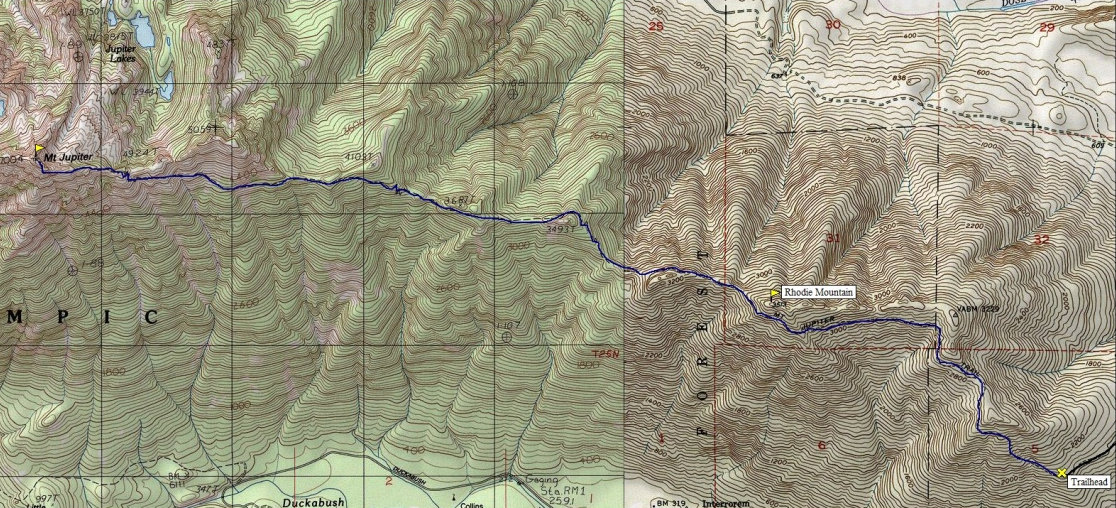
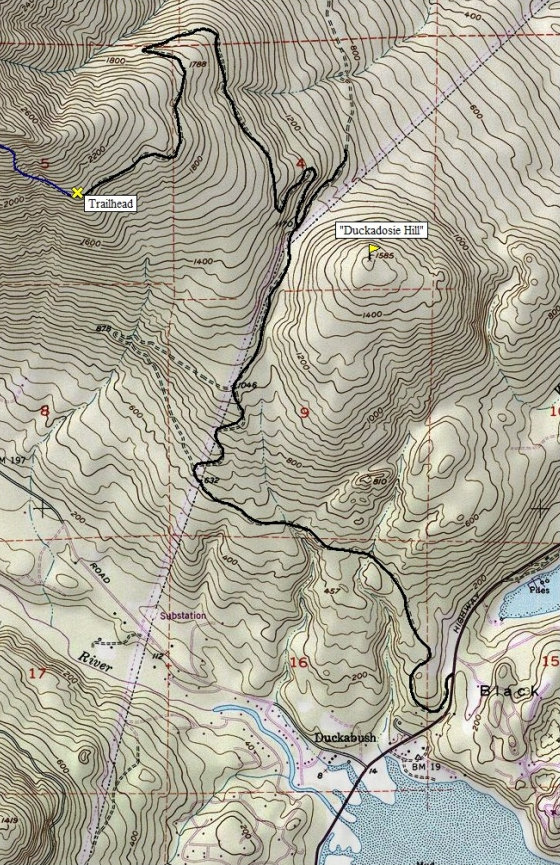
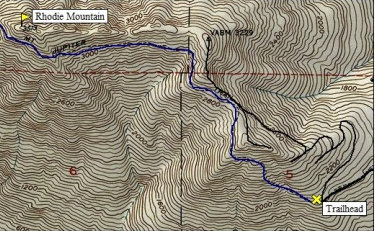
Here is a map showing some old logging roads that go much higher than the trailhead. I do not know if they are gated but it looked like they go up to a communication site. I remember when I hiked this (long ago) stepping off the trail a bit to look over the ridge only to see a nice road there, after climbing all that elevation.
The Brothers
Map showing the Mount Jupiter Road with a dumpster diver peak in there if you have time
Map showing the 7.2 mile trail to Mt. Jupiter. A small bump called Rhodie Mountain is in route.
Big snowbanks in the spring near the summit
Snow off the north side of the ridge
Looking north
Duckabush River Valley and Hood Canal with the Jupiter Ridge route on the left
Lookout History
Built in 1933 or 1934, this wood frame ground house cab sat on the summit. In 1935, panorama photos taken from the roof. The lookout was destroyed in 1967 or 68. The Port Angeles Evening News reported in 1956 the station was still snowed in on July 7, while all the other stations have been manned. A USGS party in 1955 described the access as follows: follow the trail westerly for about 7 miles to the lookout house and station. This is about a 3.5 hour horse pack. The last two miles of the trail is very rough with several short switchbacks on the rocky, narrow trail. There is space on top of the peak, just east of the lookout house, where the pack string may be halted and led one at a time on up to the lookout. The lookout house is a 14-foot square frame building, 12 feet from the catwalk to the top of the roof. The eaves are 7.83 feet above ground level. The center of the lookout house is Station Jupiter 1940.
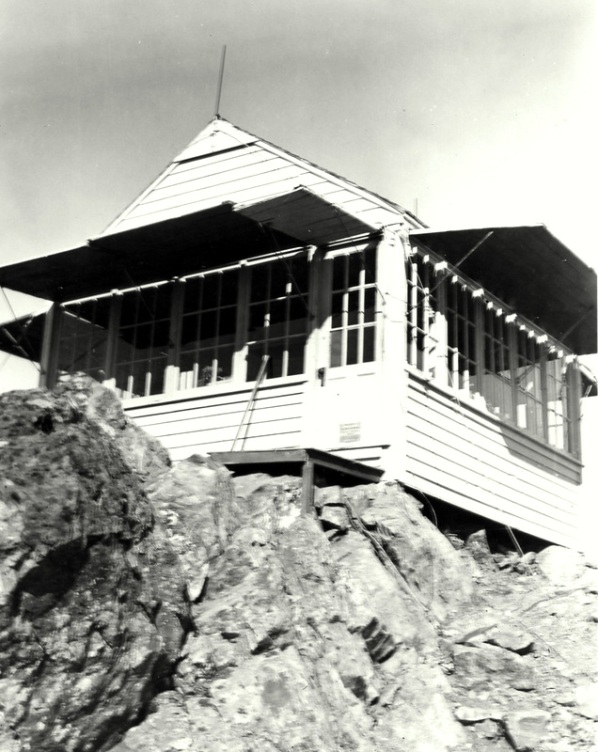
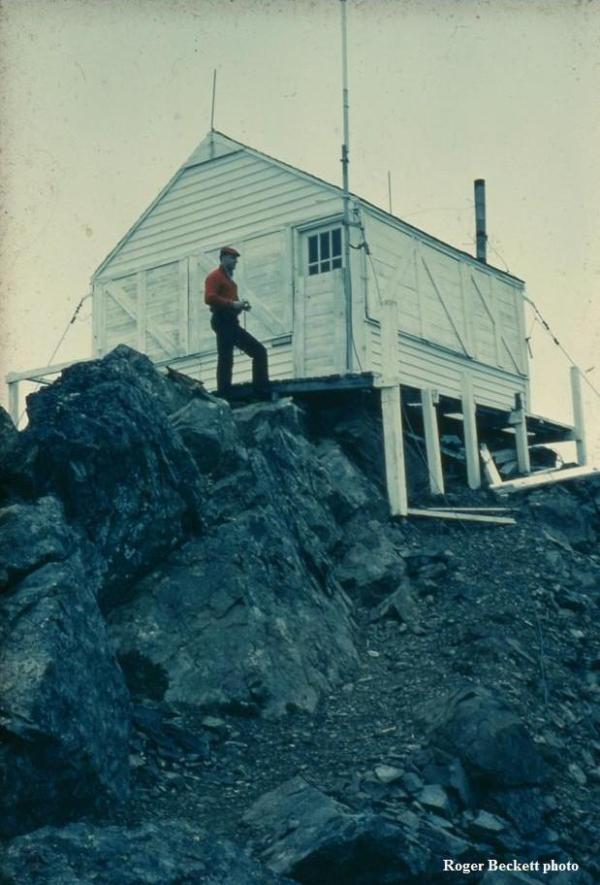
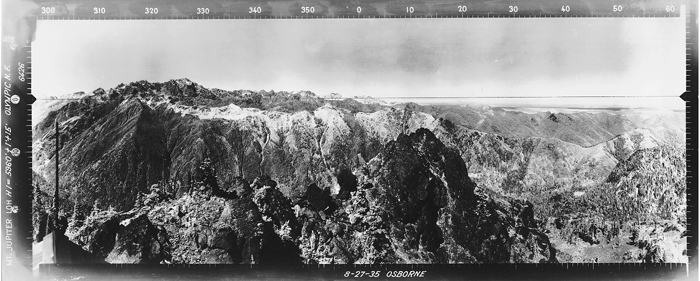
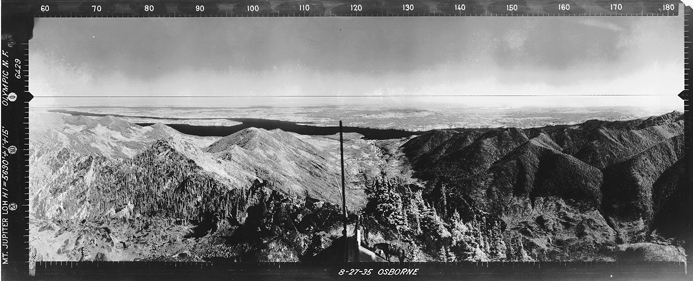
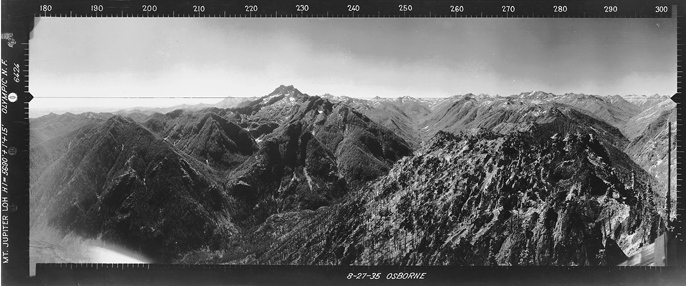
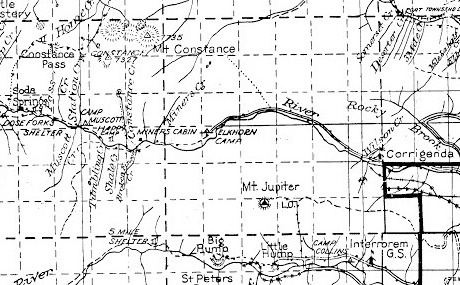
July 1965 Jupiter Lookout
1933 Olympic National Forest Map
Mt. Jupiter Lookout - North View - Aug. 27, 1935
Mt. Jupiter Lookout - Southeast View - Aug. 27, 1935
Mt. Jupiter Lookout - Southwest View - Aug. 27, 1935
August 15, 1944
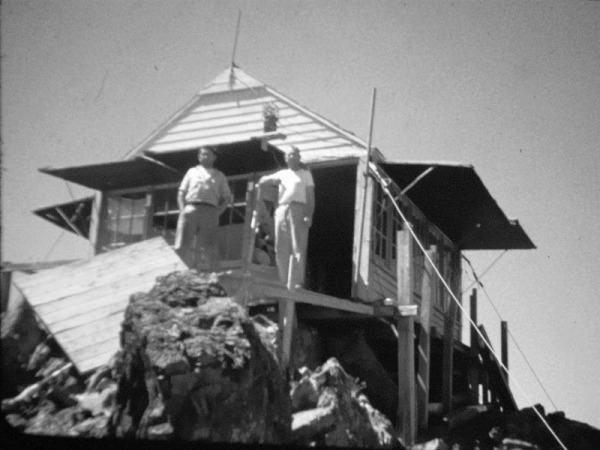
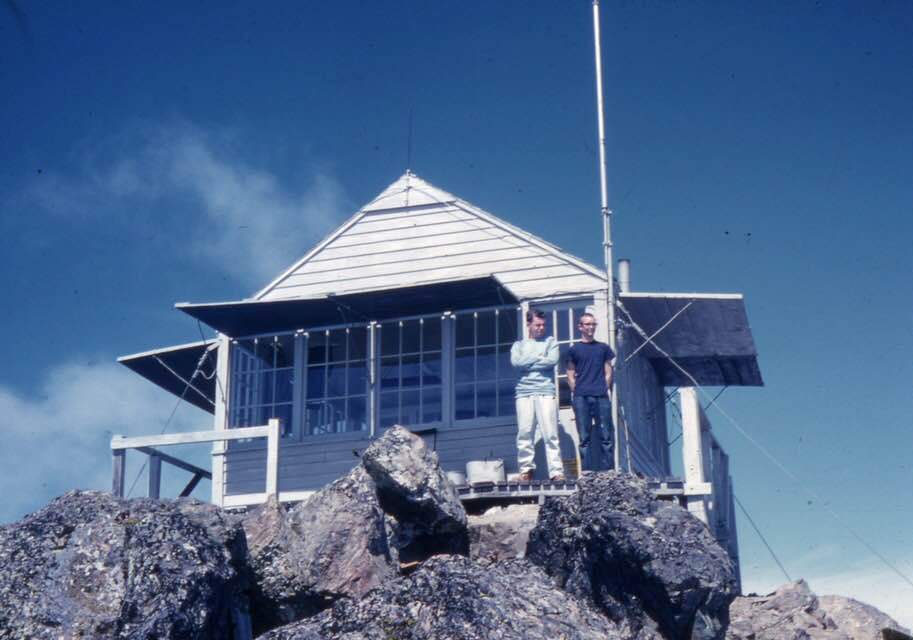
Photo by Dick B.
Dave Rogers Photo
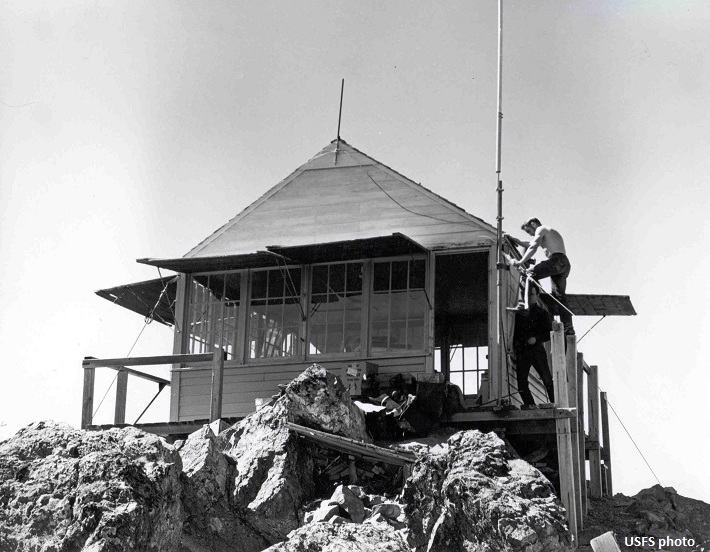
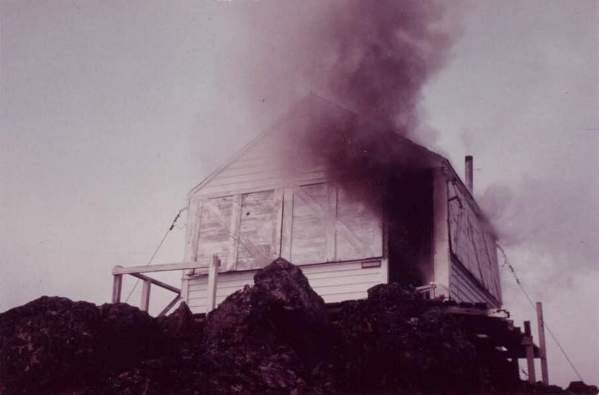
Dave Rodgers Photo
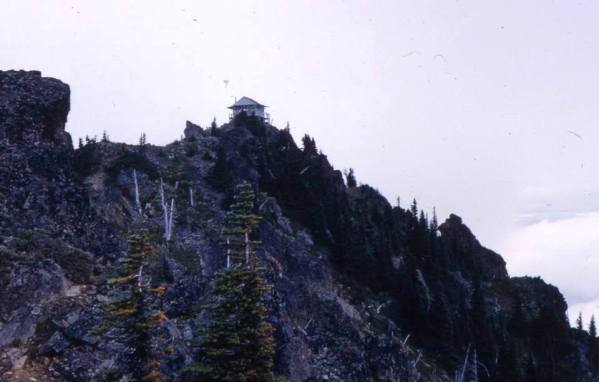
Dave Rodgers Photo
I once made the hike up to the L.O. on Jupiter peak – a little over seven miles if I remember correctly. No water on the trail and the lookout depended on a snow field located just below the summit. This was perhaps the most isolated of our lookouts in those days. It was this isolation that encouraged me to have a friend apply for the summer job on Mt. Jupiter.
Don was a Benedictine priest who was attempting to leave the Order. The reason was, on the surface, simple. He wanted to have a wife and children. The Order was, of course, celibate and although he had left the church residence and was living with his parents, Benedictine officials were pursuing him. According to Don, they were making his life fairly miserable. I met him while we both had jobs at the University of Washington washing glassware in the chemistry department. It seemed to me that if Don was able to get the job of Mt. Jupiter lookout he would be relieved from the pressure of church officials who would be reluctant to hike the seven + miles to his summer domicile. On my advice he applied for the job for the summer of 1956 and was hired. He worked out well, did not mind the isolation of the job and did not have any encounters with the church for the whole summer.
Don was again on Mt. Jupiter lookout during the summer of 1958 – the last year I had Corrigenda. I was at the station with my bride of three weeks. My new wife came down with a kidney infection and I drove her to Shelton where she was admitted to the hospital. Since it was fire weather, I had to return to Corrigenda and sometime in the next few days we had a horrendous thunder storm, accompanied by rain. When electrical storms threatened, lookouts and guard stations were instructed to disconnect all radios, phones and other electrical equipment. When this storm, which had made some fairly close strikes was finished, there was much discussion on the radio about Don and much concern expressed. All of the lookouts and guard stations in the area had called in except Mt. Jupiter. We could picture him up there in the lookout building during the storm sitting on his little “glass legged stool” with his knees tucked up under his chin. (All lookouts in those days were equipped with one of these glass legged items which were simply small square stools with a glass telephone insulator on the bottom of each leg The idea, of course, was to insulate the person from any electricity generated from a lighting strike hitting the lookout building.)
Finally, Mt. Jupiter came on the radio. Hoodsport ranger station anxiously inquired about Don’s health and when he confirmed he was fine questions were asked about any smokes he had seen. “Starting with number one . . .” Don gave the locations of twelve (12) smokes he had identified – many of them in my area. (I should add here that when an isolated lookout sees, immediately following an electrical storm, what appears to be, or even remotely looks like SMOKE, it is reported. Consistently, when rangers sequestered at the headquarters post learn of possible smokes – they get very nervous – and with good reason. Immediately I was directed to shoulder my fire pack and head out for smoke # 1 which was located up at the head of Rocky Brook. When I arrived by road where I could see up the drainage I could tell that what was rising out of the canyon was mist. The young Douglas Fir reproduction was very wet from the rain and there was no fire. A radio conversation with the Hoodsport headquarters revealed a certain amount of panic and disbelief at my report and I was ordered to “hit the brush” and moved to the location of Don’s report. I hiked for a couple of hours up to the head of Rocky Brook, saw a few young Doug Firs that had been peeled by lightning but there was no smoke and by this time I was wringing wet. By now the suppression crew had arrived at the end of the road and were calling for me to “come back”. (Evidently the crew’s report of “no smoke” was more believable then mine.) Instead of returning down Rocky Brook I continued up and south over the ridge and descended down into the Dosewallips drainage I arrived at the Kidwell’s place an hour or tow after dark – very wet and very tired. After fixing me up with some hot chocolate Zeb drove me back to Corrigenda. I did not report in to headquarters until the next morning. The Hoodsport FS boys were mighty impressed thinking that I had spent the night out in the woods “for the Service”. In fact they were so impressed that they gave me the next day off to visit my wife in the hospital while the suppression crew boys hit the brush looking for the other eleven of Don’s smokes. (None were ever found.)
3
Recently, I had contact with Don who described to me an interesting and varied post Mt. Jupiter career the U.S. Forest Service in such diverse places at the Mt. Baker-Snoqualmie Forest, Wenatchee National Forest and spent time working at West Yellowstone in the Targhee National Forest
MT JUPITER AND THE LIGHTNING BUST
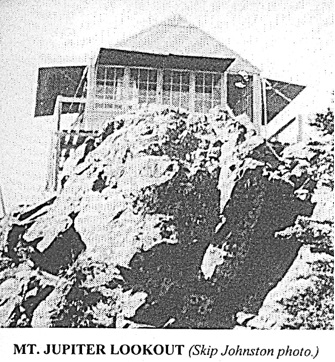
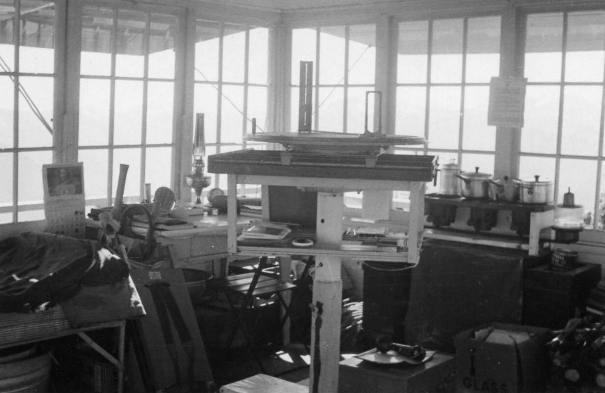
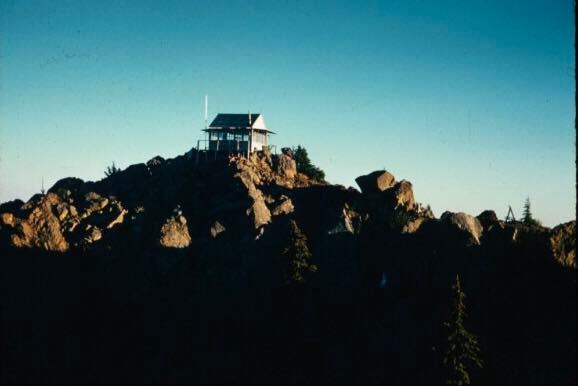
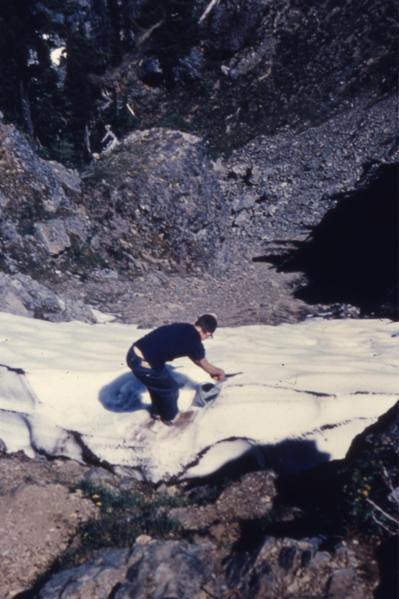
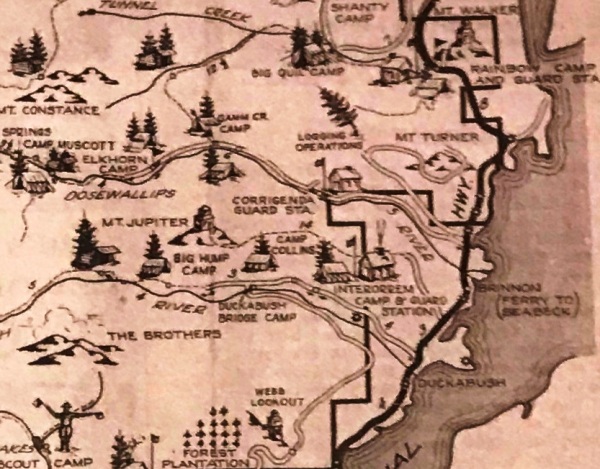
Dave Rodgers Photo
Dave Rodgers Photo
Getting snow to melt. Dave Rodgers Photo
Old Hood Canal Recreation Area map
1940
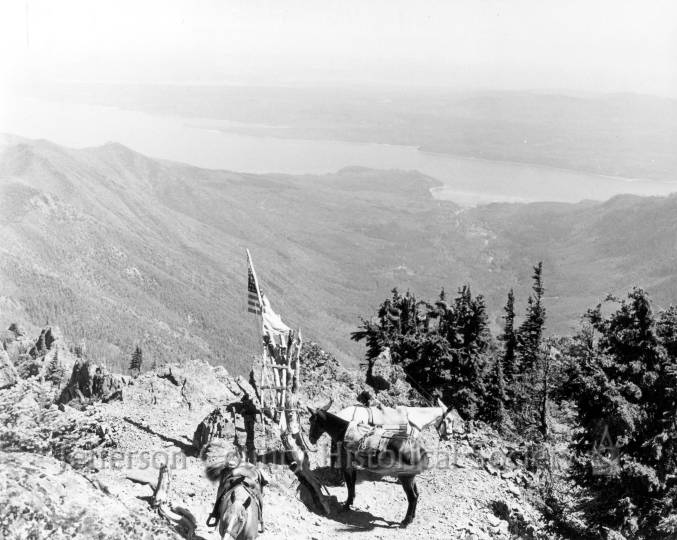
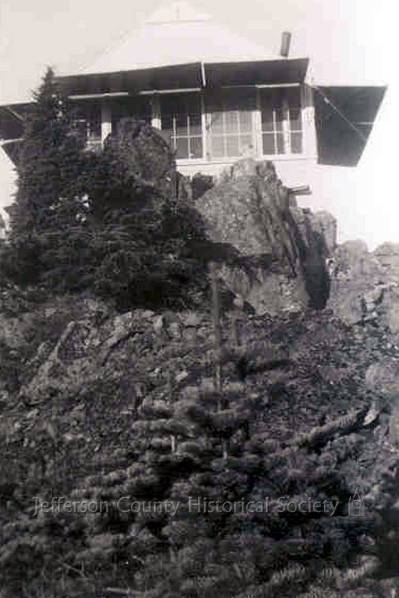
Shared by Dave Rodgers. In June of 1960 I graduated from Olympia High School. I had been accepted into Washington State University for the Fall of 1960 and really wanted a good Summer job, to help with my College expenses. Summer jobs at that time revolved around Gas/Service stations, ie pumping gas. I was not the least bit mechanically gifted and those did not interest me. My Father was the head of the US Bureau of Public Roads office in Olympia, and he happened to mention to the head of the Olympic National Forest office in Olympia, that his son was looking for a summer job. I filled out an application but did not think it would amount to much. About 2 weeks after graduation, I got a phone call from the Forest Supervisor asking me if I still needed a summer job. My answer was YES, I will take it, what is it?” That is when he said A Fire Lookout. Totally new to me. The next week I attended a school at the Quilcene Ranger Headquarters learning how to be a Lookout. One of our exercises was to plot and follow a compass course to Mt. Walker Lookout. I actually came quite close.
The week after, I met the Assistant Ranger at the Hoodsport Ranger District at the end of the road where the trail to Jupiter started. My dear mother had planned a menu for me which included a lot of dried foods. We loaded Forest Service supplies and my stuff on to two pack horses for the trip up. So started the greatest adventure of a lifetime.
I will turn 80 in April 2022 and would love very much to put together my story for my grandchildren. Who knows, someday it might just mean something to them.
As you know, there was no electricity at the Lookout and there was no reasonable source of water other than the snowbank on the North side of the summit. My time on Jupiter was something that I will always be grateful for. Lets face it - I grew up during my 2+ month stay. I saw a grand total of 19 people the whole Summer. But, on clear days/nights, I could see the night lights of Everett, Seattle, Tacoma, Olympia, and Bremerton. I had a transistor radio so I could listen to Seattle and Olympia radio stations. Against Forest Service policy, I broke down and snuck in a 22 rifle. I had fun at night shooting the Pack Rats in my garbage dump. And, my outhouse (under trees but no cover on it, had a fantastic view of the Brothers and the Duckabush River Valley.
June 1960



























